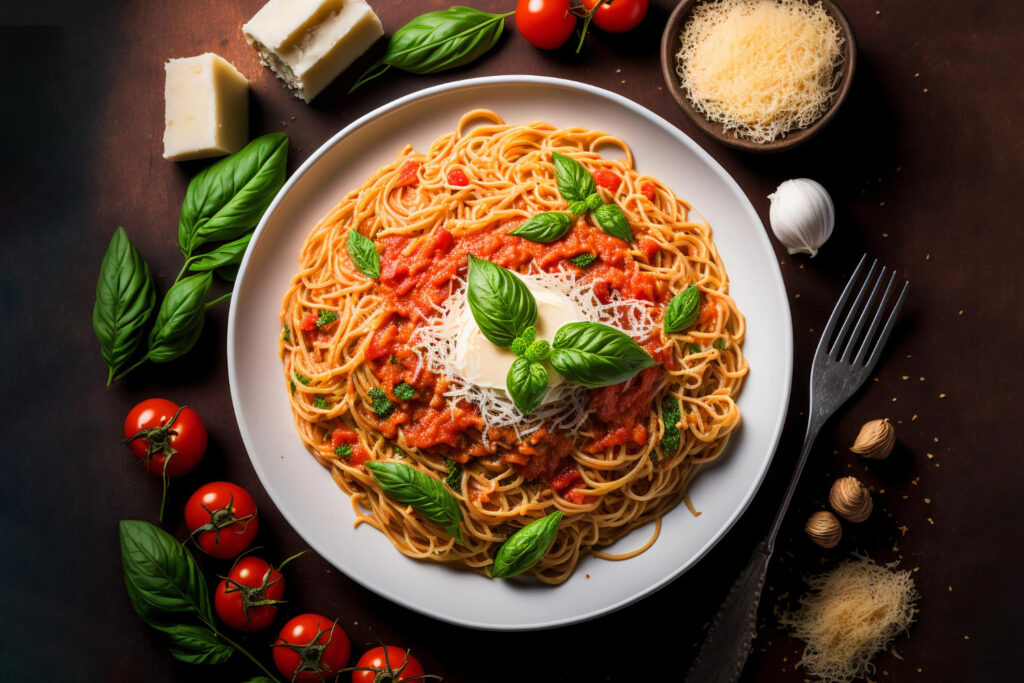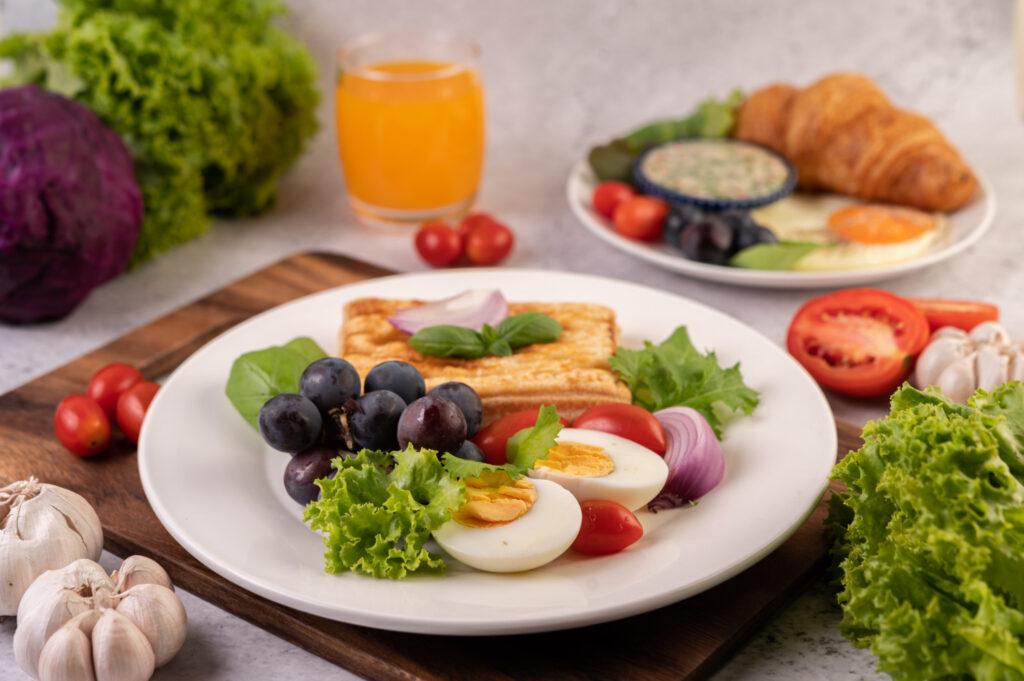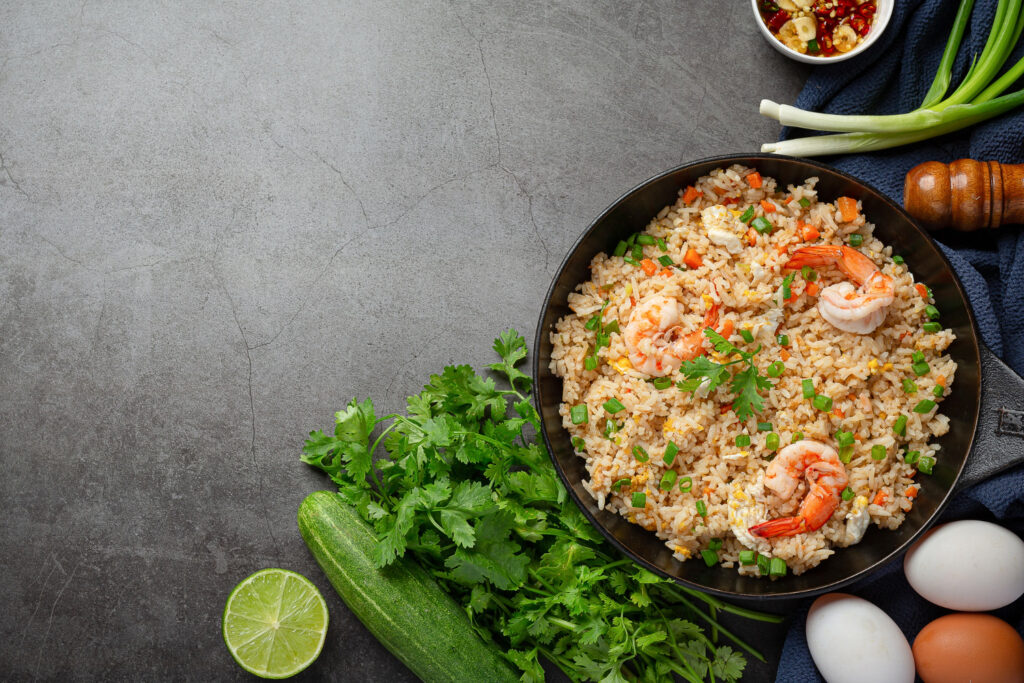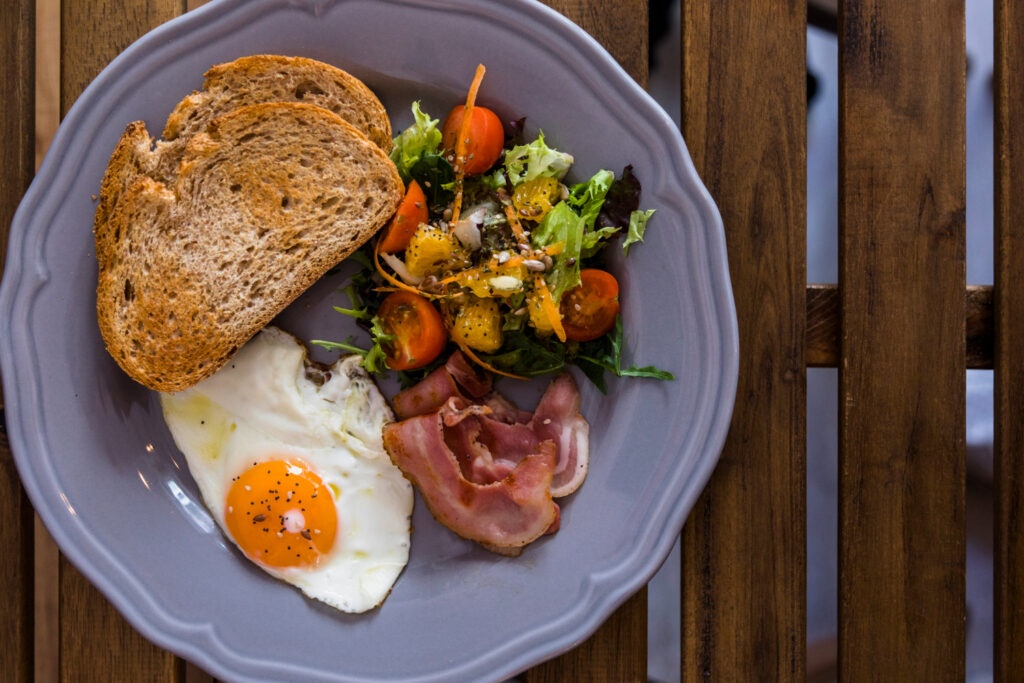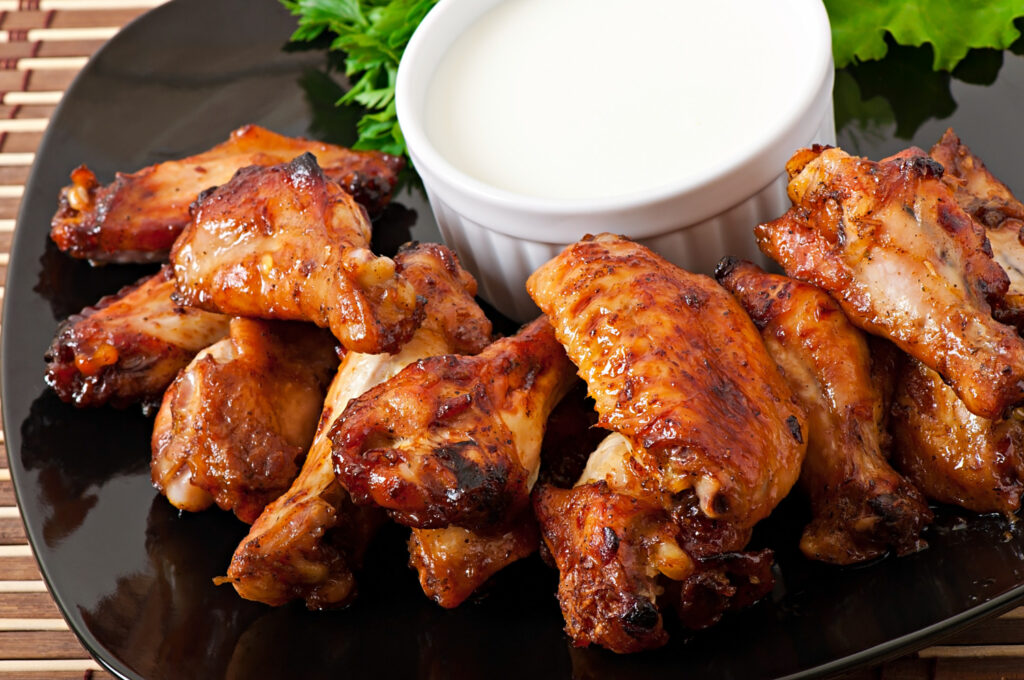Craving the delicious taste of restaurant-style chow mein but want to make it at home? You’re in the right place! This comprehensive guide will teach you everything you need to know to prepare chow mein at home with that perfect restaurant-quality flavor and texture. From choosing the right ingredients to mastering the cooking techniques, we’ve got you covered.
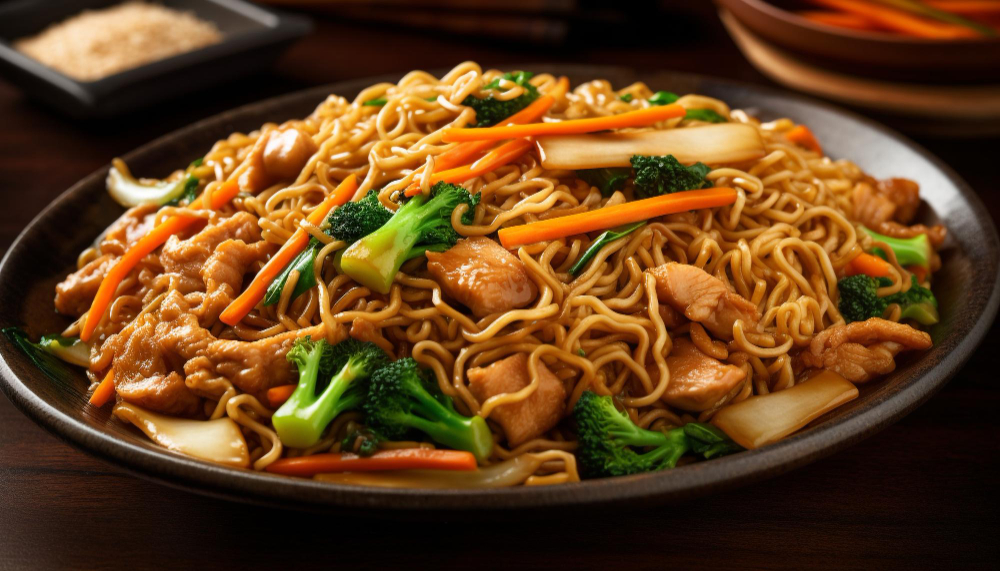
1. Understanding Chow Mein: A Brief Overview
What is Chow Mein?
Chow mein is a popular Chinese dish that translates to “stir-fried noodles.” It’s typically made with wheat noodles, vegetables, and often includes some type of protein like chicken, beef, or shrimp. The dish is known for its savory flavors and delightful textures.
Different Types of Chow Mein
There are mainly two types of chow mein: crispy (Hong Kong style) and soft (lo mein). This guide will help you understand how to prepare both styles at home, ensuring you can enjoy your favorite version anytime.
2. The Essential Ingredients for Chow Mein
Choosing the Right Noodles
The first step to prepare chow mein at home is selecting the right noodles. Look for fresh or dried egg noodles, or even spaghetti as an alternative. The texture of the noodles is crucial for that authentic restaurant feel.
Key Vegetables and Proteins
Common vegetables in chow mein include bell peppers, carrots, cabbage, and onions. For proteins, chicken, beef, shrimp, and tofu are popular choices. Ensure your ingredients are fresh for the best flavor.
3. Preparing Your Ingredients
Cutting Techniques
Proper cutting techniques are essential to prepare chow mein at home like a pro. Julienne your vegetables for uniform cooking and slice your proteins thinly to ensure they cook quickly and evenly.
Marinating Proteins
Marinate your proteins in a mix of soy sauce, cornstarch, and a touch of oil. This not only adds flavor but also helps tenderize the meat, giving it that restaurant-style texture.
4. The Perfect Noodle Preparation
Boiling Noodles
Cook your noodles according to the package instructions, usually until they are al dente. Overcooked noodles will become mushy, which is not ideal for chow mein.
Cooling and Drying Noodles
After boiling, rinse the noodles with cold water to stop the cooking process and remove excess starch. Let them dry slightly to prevent them from sticking together during stir-frying.
5. Creating the Signature Chow Mein Sauce
Basic Ingredients
A classic chow mein sauce includes soy sauce, oyster sauce, hoisin sauce, and a bit of sugar for balance. This combination gives the dish its characteristic savory and slightly sweet flavor.
Adjusting for Taste
Feel free to adjust the sauce ingredients to suit your taste. Add more soy sauce for saltiness, hoisin for sweetness, or even a splash of sesame oil for an extra layer of flavor.
6. Stir-Frying Techniques
Importance of High Heat
To prepare chow mein at home with restaurant-quality results, use high heat. This helps achieve that slightly smoky flavor known as “wok hei” and ensures quick cooking, which keeps the vegetables crisp and vibrant.
Stir-Frying Order
Start by cooking the proteins, then remove them from the pan. Stir-fry the vegetables next, followed by the noodles. Finally, combine everything with the sauce, ensuring even distribution and coating.
7. Adding Extra Flavor
Aromatics
Garlic, ginger, and green onions are essential aromatics for chow mein. Add them to the hot oil at the beginning of stir-frying to infuse the dish with their flavors.
Spices and Seasonings
Feel free to experiment with additional spices like black pepper, white pepper, or even a bit of chili paste if you enjoy some heat. These can elevate your homemade chow mein to new heights.
8. Common Mistakes to Avoid
Overcooking Noodles
Overcooked noodles can ruin the texture of your chow mein. Keep an eye on them while boiling and rinse with cold water immediately after cooking.
Overcrowding the Pan
Stir-frying in batches prevents overcrowding, which can lead to steaming rather than frying. This ensures each ingredient cooks properly and retains its texture.
9. Serving Suggestions
Garnishing
Garnish your chow mein with fresh green onions, sesame seeds, or a sprinkle of fresh cilantro. These add both visual appeal and extra flavor.
Side Dishes
Serve your chow mein with complementary side dishes like spring rolls, egg rolls, or a light soup. These additions can create a more complete and satisfying meal.
10. Storing and Reheating
Proper Storage
Store any leftovers in an airtight container in the refrigerator. Chow mein can be kept for up to 3 days, maintaining its flavor and texture.
Reheating Techniques
Reheat chow mein in a hot pan to revive its texture. Avoid microwaving, as this can make the noodles mushy.
11. Healthier Chow Mein Variations
Low-Sodium Options
Use low-sodium soy sauce and avoid adding extra salt to make a healthier version of chow mein. This keeps the dish flavorful without excessive sodium intake.
Veggie-Packed Chow Mein
Increase the amount of vegetables and reduce the noodles for a more nutrient-dense meal. Adding a variety of colorful veggies can boost the dish’s health benefits.
12. Exploring Regional Variations
Cantonese Chow Mein
Cantonese chow mein is known for its crispy noodles and rich flavors. Learn how to achieve that perfect crispiness and balance of flavors at home.
Sichuan Chow Mein
Sichuan-style chow mein features bold, spicy flavors. Incorporate Sichuan peppercorns and chili oil to bring this regional specialty to your kitchen.
13. Preparing Chow Mein for Special Diets
Vegetarian and Vegan Chow Mein
For a vegetarian or vegan version, use tofu or tempeh as your protein and replace oyster sauce with mushroom sauce. Ensure all other ingredients, like sauces, are plant-based.
Gluten-Free Chow Mein
Use gluten-free noodles and tamari or coconut aminos instead of soy sauce to make a delicious gluten-free chow mein.
14. Chow Mein for Meal Prep
Batch Cooking
Chow mein is perfect for meal prep. Cook a large batch and divide it into meal-sized portions. It stores well and can be quickly reheated for a convenient, nutritious meal.
Freezing Tips
If you plan to freeze chow mein, slightly undercook the noodles and vegetables. This way, they will retain their texture when reheated after freezing.
15. Kid-Friendly Chow Mein
Mild Flavors
Prepare chow mein at home with milder flavors for kids by reducing or omitting spicy ingredients. Use more familiar vegetables and proteins that your children enjoy.
Fun Shapes and Colors
Make chow mein fun for kids by using colorful vegetables and cutting them into fun shapes. This can make the dish more appealing and encourage kids to eat their veggies.
16. Hosting a Chow Mein Night
Family Style Serving
Serve chow mein family-style for a fun and interactive meal. Let everyone build their own plates with noodles, vegetables, and proteins of their choice.
Themed Dinner Parties
Host a Chinese-themed dinner party featuring homemade chow mein. Pair it with other homemade Chinese dishes for a delicious and memorable meal with friends and family.
17. Experimenting with Flavors
Fusion Chow Mein
Get creative by experimenting with fusion flavors. Try adding ingredients from other cuisines, like Italian herbs or Mexican spices, to create a unique twist on traditional chow mein.
Seasonal Ingredients
Incorporate seasonal vegetables into your chow mein to keep it fresh and exciting. This also allows you to enjoy the best flavors and nutrients of the season.
18. Chow Mein as a Versatile Dish
Breakfast Chow Mein
Transform chow mein into a breakfast dish by adding scrambled eggs and breakfast sausage. This unexpected twist can be a delightful way to start your day.
Leftover Makeover
Use leftover chow mein in creative ways, such as stuffing it into spring rolls or using it as a filling for dumplings. This minimizes food waste and adds variety to your meals.
19. Exploring Authenticity
Traditional Techniques
Learn about traditional Chinese cooking techniques used to prepare chow mein. Authentic methods can add depth and authenticity to your homemade dish.
Sourcing Authentic Ingredients
Visit Asian markets to find authentic ingredients that can elevate your chow mein. Using traditional ingredients can significantly enhance the flavor and authenticity of your dish.
20. Building Confidence in the Kitchen
Practicing Regularly
The more you practice making chow mein at home, the more confident you will become. Don’t be afraid to experiment and make mistakes – each attempt will improve your skills.
Learning from Experts
Watch cooking shows, attend workshops, or follow online tutorials from professional chefs to refine your chow mein cooking techniques. Learning from experts can provide valuable tips and inspiration.
FAQs
- What type of noodles should I use to prepare chow mein at home? Use fresh or dried egg noodles, or spaghetti as an alternative, for the best results.
- Can I make chow mein without a wok? Yes, you can use a large skillet or frying pan if you don’t have a wok.
- How do I prevent noodles from sticking together? Rinse cooked noodles with cold water and let them dry slightly before stir-frying.
- What are some vegetarian protein options for chow mein? Tofu and tempeh are great vegetarian protein options.
- Can I make chow mein gluten-free? Yes, use gluten-free noodles and tamari or coconut aminos instead of soy sauce.
- How do I achieve the smoky flavor in chow mein? Use high heat and a well-seasoned wok to achieve the smoky flavor known as “wok hei.”
- What can I use instead of oyster sauce? Mushroom sauce is a good vegetarian alternative to oyster sauce.
- How do I store leftover chow mein? Store leftovers in an airtight container in the refrigerator for up to 3 days.
- Can I freeze chow mein? Yes, slightly undercook the noodles and vegetables before freezing to retain texture.
- What are some ways to add extra flavor to chow mein? Add aromatics like garlic, ginger, and green onions, and experiment with spices like black pepper or chili paste.

